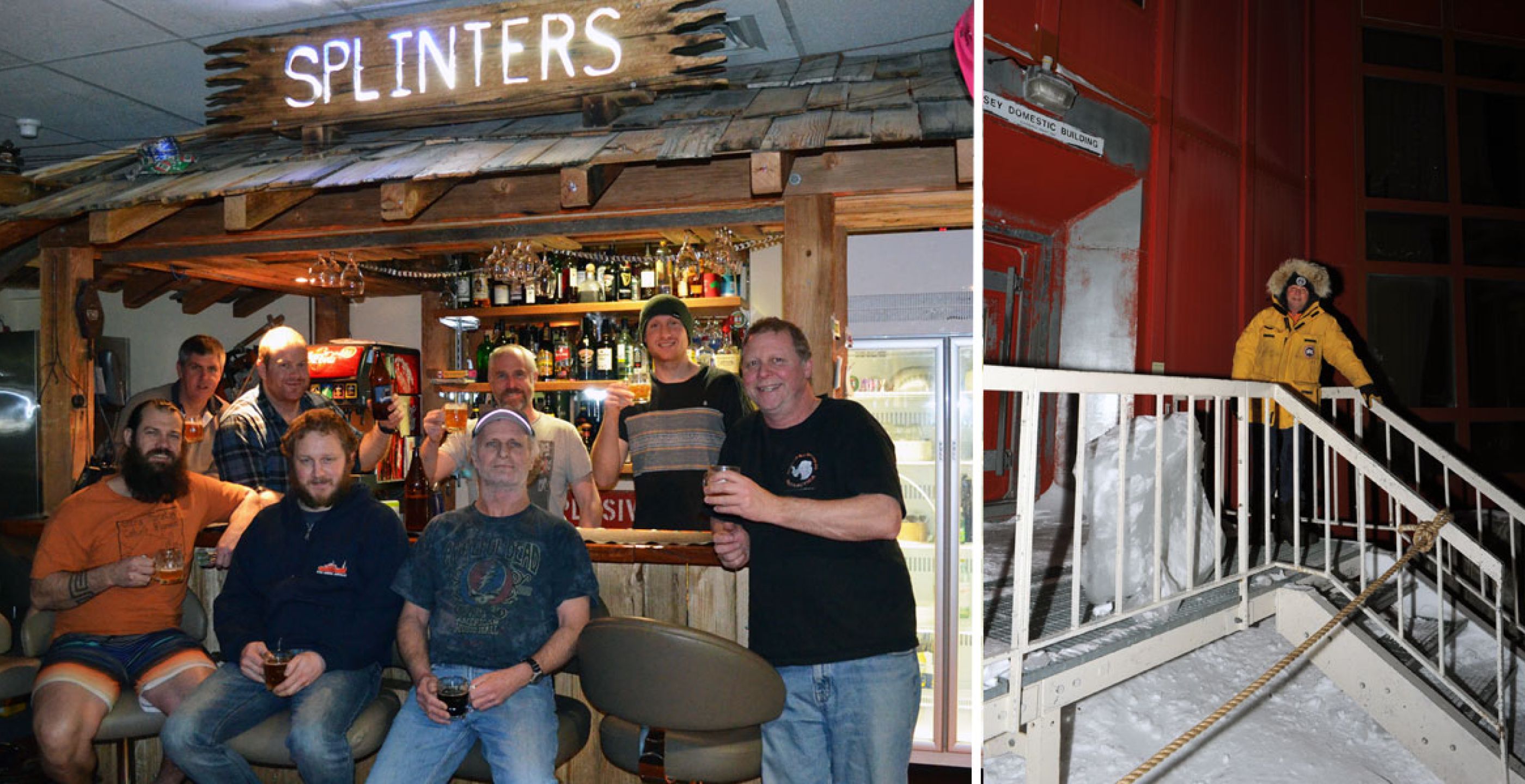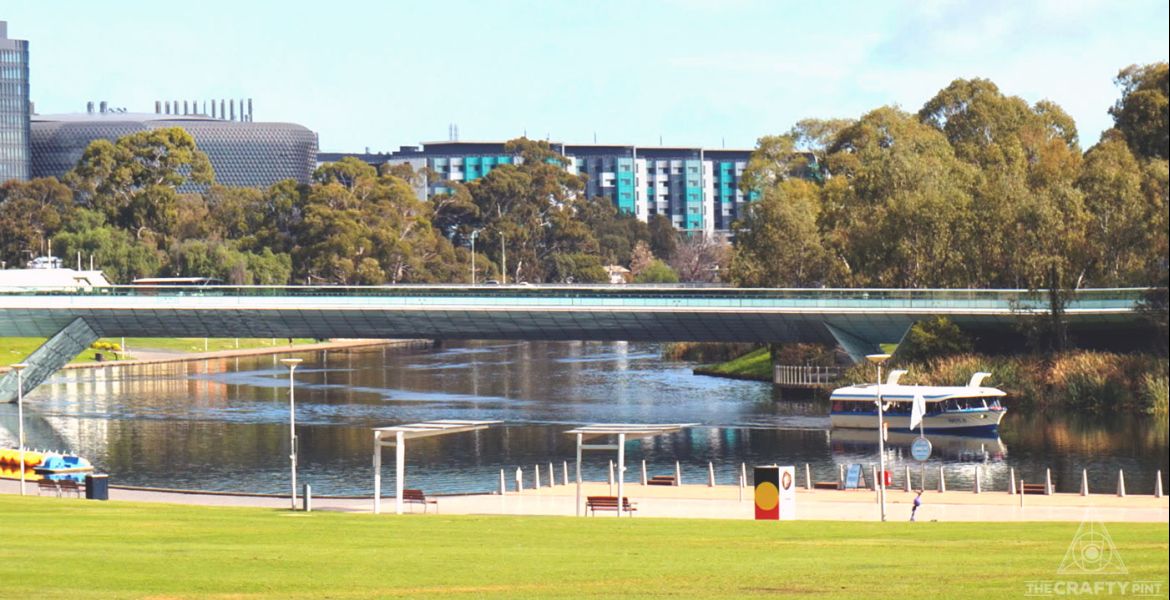In Antarctica, beer selection is understandably limited. But a group of Australian Antarctic researchers is helping to broaden the options via a growing homebrewing program at Australian research base Casey Station.
Kerry McBride spoke to one of the brewers about the challenges of brewing beer at the bottom of the Earth, and what changes when your closest store is a plane flight away.
Not long after arriving at Casey Station, new members of the Australian Antarctic Division soon get to know the station bar, Splinters. As one of the main social hubs of the base, Splinters serves as a meeting point for many of the staff as well as the storage area for the wine, beer and spirits team members bring with them on arrival to Antarctica.
But alongside the bottles of macro brew and Australian wine is a sizeable offering from the station’s homebrew team, ranging from lagers to stouts and from chilli beers to ginger beer. Casey has a dedicated brewing area with a kit large enough to yield around 230 bottles or 19 litres per brew, and a storage area large enough to hold 2,500 bottles worth of the precious liquid.
Communications Technical Officer Andy Burgess is spending his fourth winter in Antarctica, and has been involved with the brewing team for almost as long. In winter, the population at Casey Station drops from around 100 people down to just a quarter of that, so brewing becomes an important part of keeping the small team socialising and entertained in the down times.
“Pretty much anyone who wants to help is welcome," he says. "However, over winter we have a core group of about ten regulars with almost all the rest of the crew helping out occasionally.
“We have had everyone from politicians, journalists, electricians, university professors, doctors, plumbers, builders to Canadian pilots and PhD students [helping with brewing]. It’s a great social atmosphere. We even get non beer drinkers helping.”

Casey Station has been in operation since 1969 across two different locations, and was known as Wilkes Station for the duration of the 1960s. And from the very beginning of its 50-plus year history, home brewing seems to have been a part of life at the base, Andy says.
“I have found recipes from 1963 and telexes asking about brewing from the 90s.”
Regular staff such as Andy are now familiar with the brewing process, but most researchers and staff coming south are discovering the highs and lows of home brewing for the first time. Being in the remote location that they are, brewing in Antarctica adds a couple of difficulties most home brewers would not have to contend with, but also provides a unique solution to an age old problem.
“You do have to be super organised with ingredients and spare parts as we usually only have one main supply delivery each year. One good thing is it’s easy to chill the beer – just leave it outside for 30 minutes!”
With experience has come some improvements in beer quality for the Casey crew, with new staff often remarking that they wish they knew there would be so much good beer at the station, as they would have brought something else with them instead of their usual beer of choice.
Homebrew might be found in smaller quantities at Australia’s other stations, and New Zealand has been known to get the occasional slab of Garage Project or ParrotDog arriving at its base, but Casey runs the biggest brewing program to be found among the Australasians.

Staff don’t often travel between the various Australian stations, or to the stations run by other countries, but word has spread about the quality of the brews on offer, says Andy.
“Usually the only regular travellers between stations are the pilots," he says, "so their rating of our beer compared to the other stations is invaluable.
“They say, ‘Casey’s is the best’ but I bet they say that to all the stations.”
Outside of brewing, Casey staff keep themselves entertained with darts, games of pool, cards or table tennis, or pick up hobbies such as photography. As would be anticipated, the Antarctic environs offer plenty of opportunity to observe wildlife and the natural beauty of the coldest continent.
With the station residing a grand total of 3,443 kilometres from Hobart and most research posts lasting months at a time, it’s important that work and play are doled out in even doses. And, as is often the case back in Australia, that’s best achieved with a cold beer in hand.
You can find out more about life at Casey here.
Additional photo credits:
- Image top left: Expeditioners gather at ‘Splinters’ for a glass of station homebrew (l-r): Adam Mclaughlin, Andrew Martin, Dean Campbell, Pete Kelly, Jeff Loise, Cam Rainbow, Murray Kitson, Andy Burgess © Andy Burgess/Australian Antarctic Division
- Image top right: Andy Burgess outside the red shed at Casey research station © Michael Brill/Australian Antarctic Division
If you know of any Australians brewing in unlikely locations, drop Kerry a line.

















